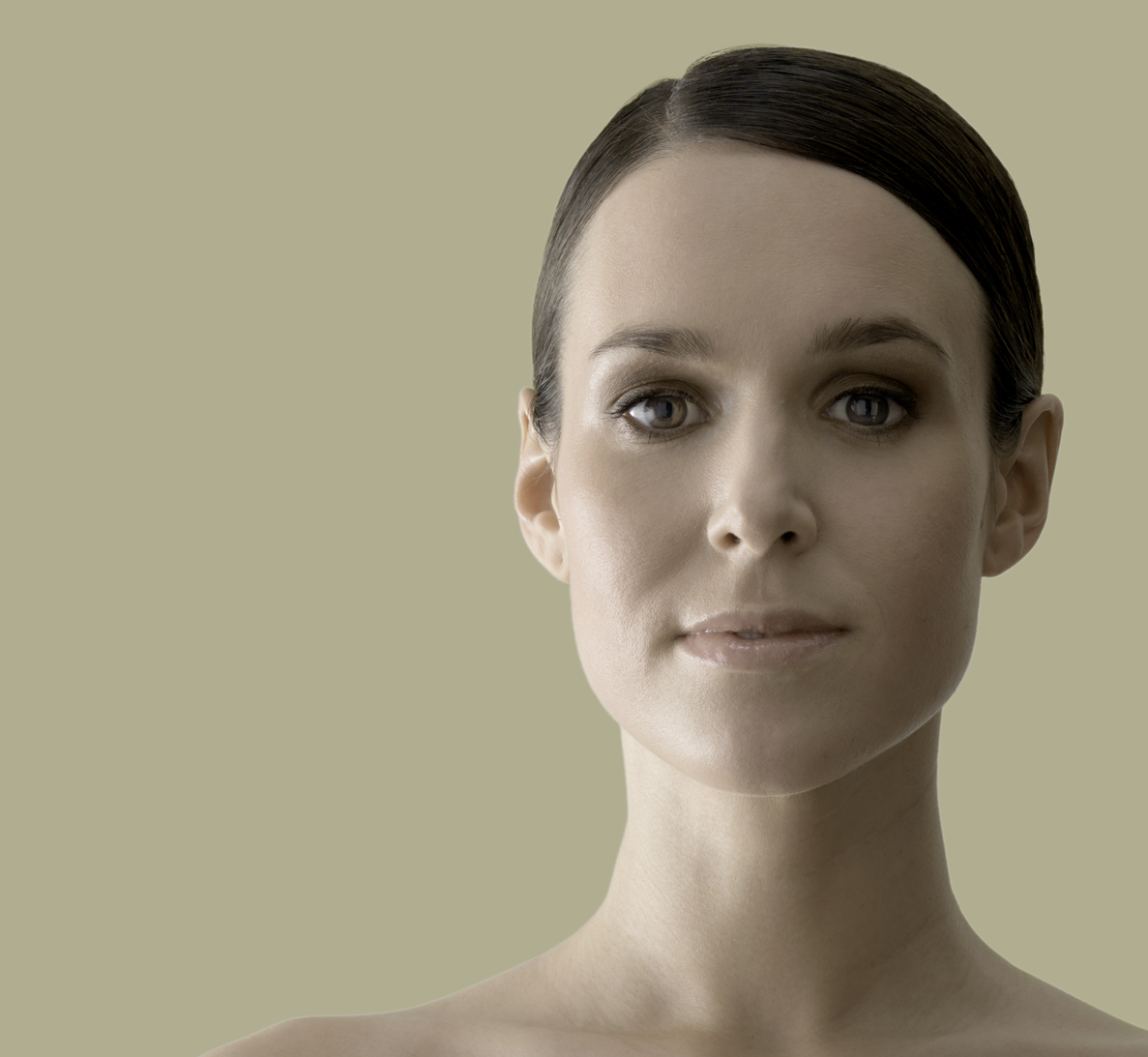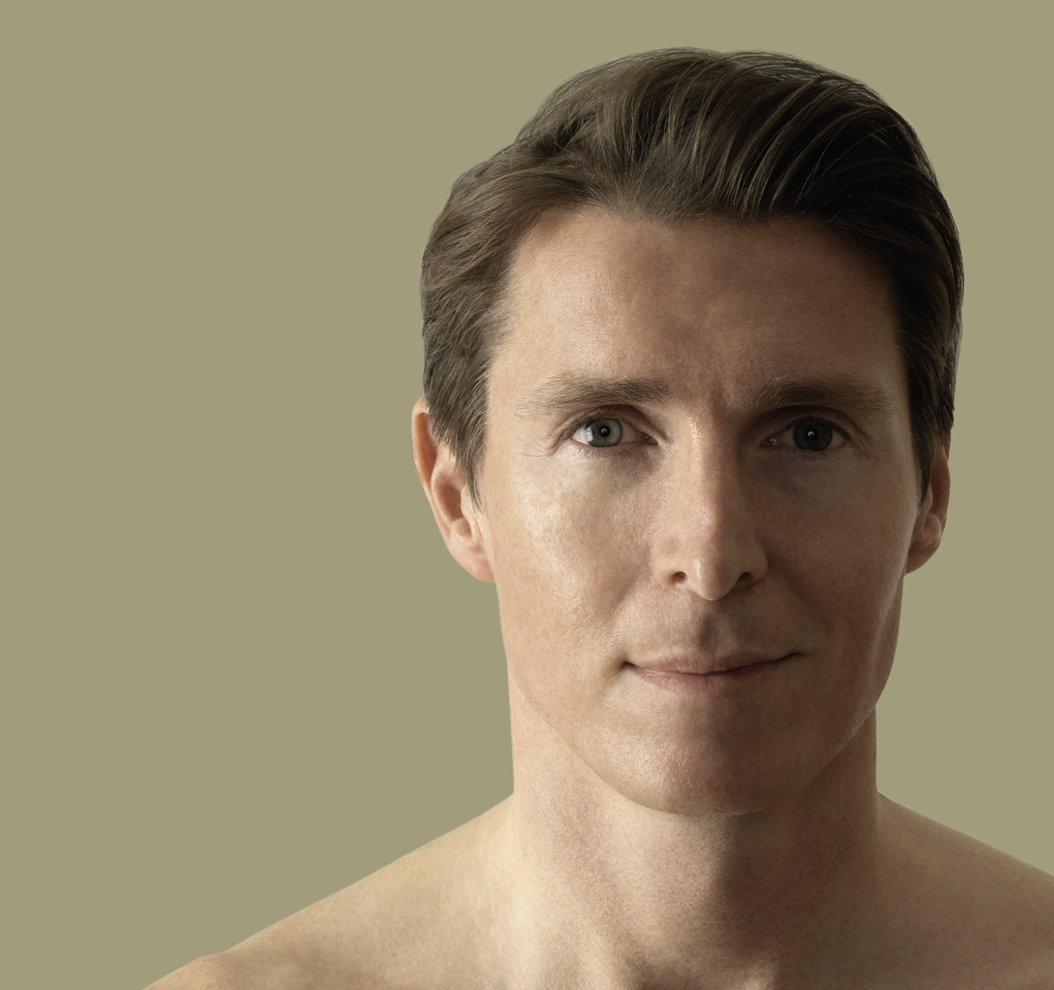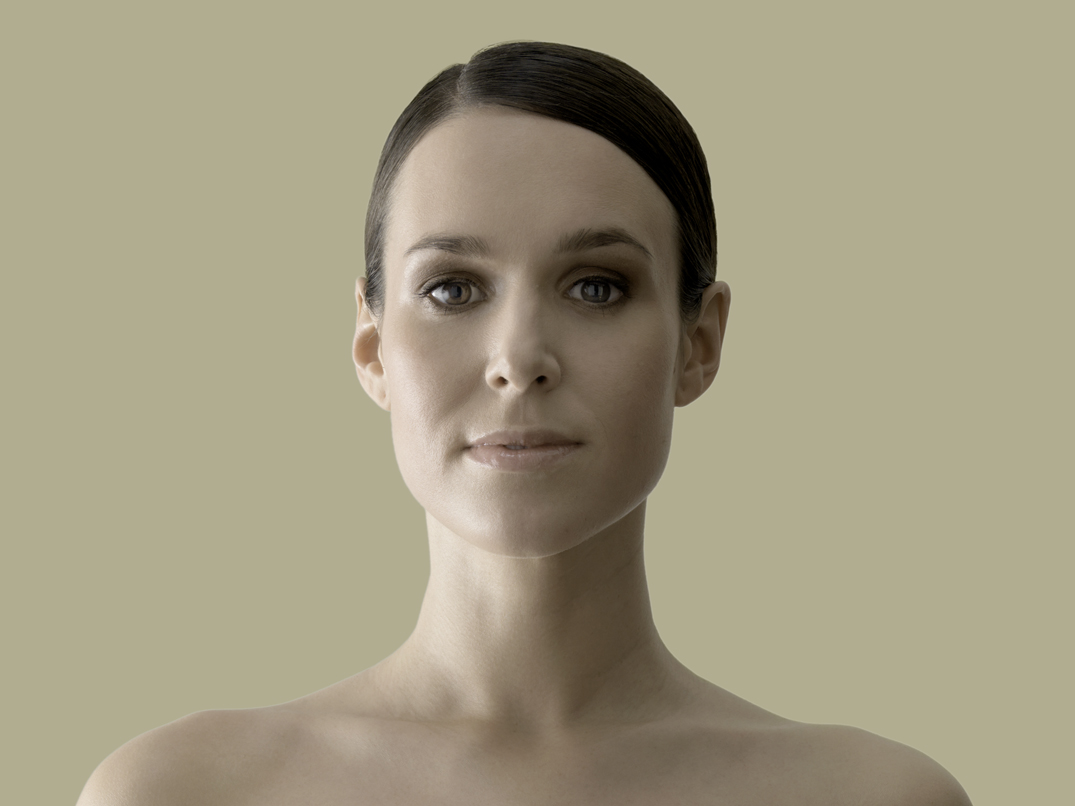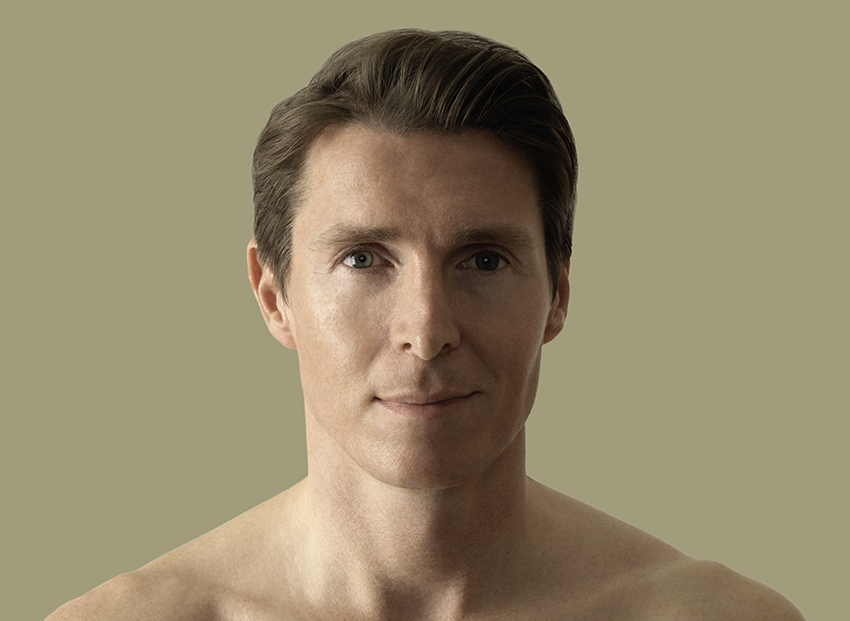Aesthetic facial surgery in Bern
Plastic surgery on the face poses special challenges with regard to the skills and experience of the plastic surgeon, as the face is the most important and most visible feature of a human being. It signals a multitude of non-verbal messages , primarily emotional and thus indicates sympathies and preferences. It is therefore hardly surprising then, that the first plastic surgeries undertaken more than 2,000 years ago were facial surgeries.
Because people are able to recognize and distinguish faces extremely quickly, facial expression is a fundamental aspect of human communication. Therefore, the face and the assessment of different facial expressions are so important for our lives together. Faces may have asymmetries and forms that hinder or mislead communication due to illness, accidents or individual predisposition. A pertinent example: if one’s appearance sends the wrong message and gives a tired impression, because the eyelids hang over the eyes, then the wrong impression arises. This can be corrected with modern medical procedures, in this case a plastic surgery to the eyelids (blepharoplasty).
Because facial surgery, like the eyelid surgery described above, is clearly visible, only an experienced plastic surgeon should be entrusted to undertake it. Scars, even if inevitable as in tightening operations (face lifting and other lifting) should be as invisible as possible or at least should not be obvious. The face should be rejuvenated, but not altered. Characteristic facial features are intended to be aesthetically improved without overly altering the character of the face, e.g. in nasal surgery (rhinoplasty).
Frequently patients express an interest in non-invasive options prior to aesthetic facial procedures and are concerned with disfigurement, especially before a facelift. There are also numerous discouraging examples of failed aesthetic facial interventions in prominent individuals in the media. It is often unclear which treatments have actually been undertaken and whether images were digitally manipulated. In any case, thorough, time-consuming individual counselling, planning and clarification are necessary in order for a client to make an informed decision about having an aesthetic facial procedure. The basis for a sound decision is the shared conviction of the client and the surgeon that the desired visual changes are realistic and achievable. Only a client who is confident about treatment can weigh up the risks and complications associated with each procedure, with the expected improvement in appearance.
Especially for the correction of changes of the face due to age (anti-aging) there are effective minimally invasive methods that do not require facial surgery. Frequently, first-time patients are not yet psychologically ready or do not need surgical measures, such as a facelift, a neck or cheek lift (midface lift). In addition, there has been great progress in the development of non-invasive forms of treatment. There is a wide range of options for effectively and gently treating initial and minor age-related changes or preventing further progression. These include the use of so-called ‘neuromodulators’ (botulinum toxin A), which are very effective in smoothing out facial wrinkles caused by the tension of the facial muscles (facial expressions). Injectable fillers, mostly based on hyaluronic acid, help to smooth static facial wrinkles and allow facial contouring. A further advantage of minimally invasive aesthetic treatments for hesitant patients is that they do not have a lasting effect.
There are other minimally invasive procedures that are designed to tighten the skin, eliminate pigmented spots and wrinkles, and generally rejuvenate the skin. These include: micro-needling, (micro-)dermabrasion, chemical and laser peels, as well as treatment with the body’s own platelet enriched blood plasma (PRP or ‘platelet rich plasma’).
In cases of advanced aging of the face and neck, which are usually only treatable with tightening operations such as face and neck lifts, supplementary non-surgical treatments are also necessary after the procedure in order to achieve a full, long-lasting and natural looking rejuvenation.
As with muscle training to improve body shape and function, the desire for a younger and fresher looking face requires the willingness for active commitment on the part of the patient. Neither surgery nor non-invasive treatments alone are able to completely mitigate all signs of aging on the face. Partial treatments often lead to limited, short-lived or even unnatural results. In the facial area especially a combination of good skin care, consistent sunscreen and repeated multimodal [Latin ‘multi’ i.e. many ‘mode’ i.e. kind] aesthetic-medical measures are necessary to achieve a younger natural appearance that is long-lasting.
For detailed information on aesthetic plastic facial surgery, such as facelift, blepharoplasty, rhinoplasty and otoplasty, see the respective treatment procedures. If you are not completely satisfied with your appearance, we recommend that you have a personal consultation with Dr Oliver Scheufler at the AARE KLINIK in Bern to get advice.
Outpatient facial surgery: Aesthetic facial surgeries such as eyelid surgery, forehead, cheek or neck lifts as well as nose and ear corrections are treatments that are nowadays predominantly performed on an outpatient or short inpatient basis. Using current anaesthetic procedures, tissue-saving surgical techniques and the latest equipment at the AARE KLINIK since 2009, Dr Scheufler has undertaken extensive aesthetic facial surgery, such as complete facelift and nose surgery (rhinoplasty) as outpatient or short inpatient procedures in the majority of cases. The prerequisite for this is Dr Scheufler and his team’s extensive experience and the infrastructure specially designed for outpatient surgery at the AARE KLINIK. This also includes the fact that, for the safety of the patient, all outpatient anaesthesia is carried out exclusively by specialists in anaesthetics with many years of professional experience.
In addition to the reduced costs and time off work, outpatient plastic surgery at the AARE KLINIK has another advantage for clients. Risks, such as wound infections with problematic germs, i.e. antibiotic-resistant bacteria that often occur in large hospitals due to the overuse of antibiotics can be avoided in outpatient operations in private clinics, such as the AARE KLINIK. This also increases the safety of the clients.
Your safety in all aspects of aesthetic and plastic facial surgery is always a top priority at the AARE KLINIK.





